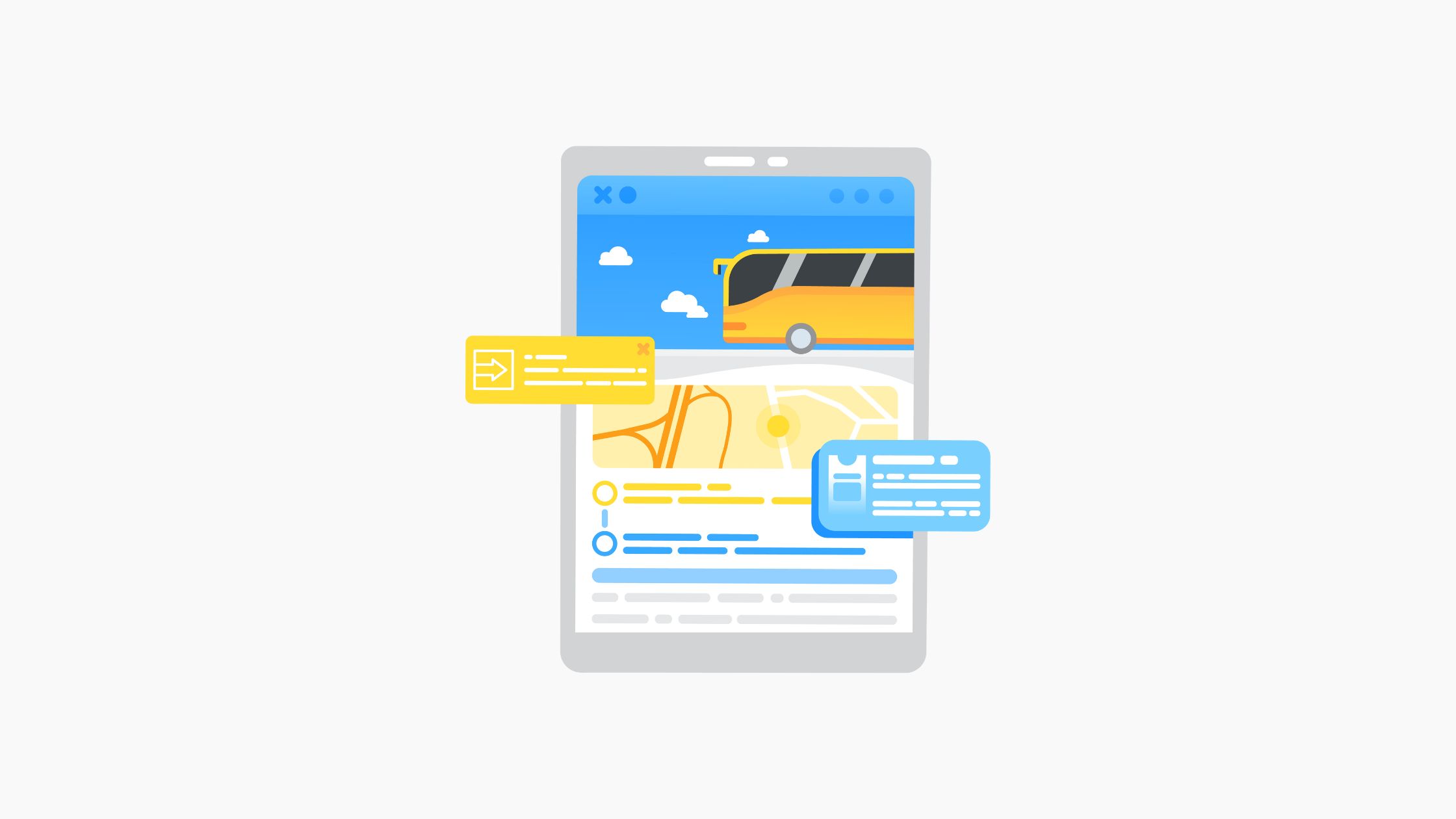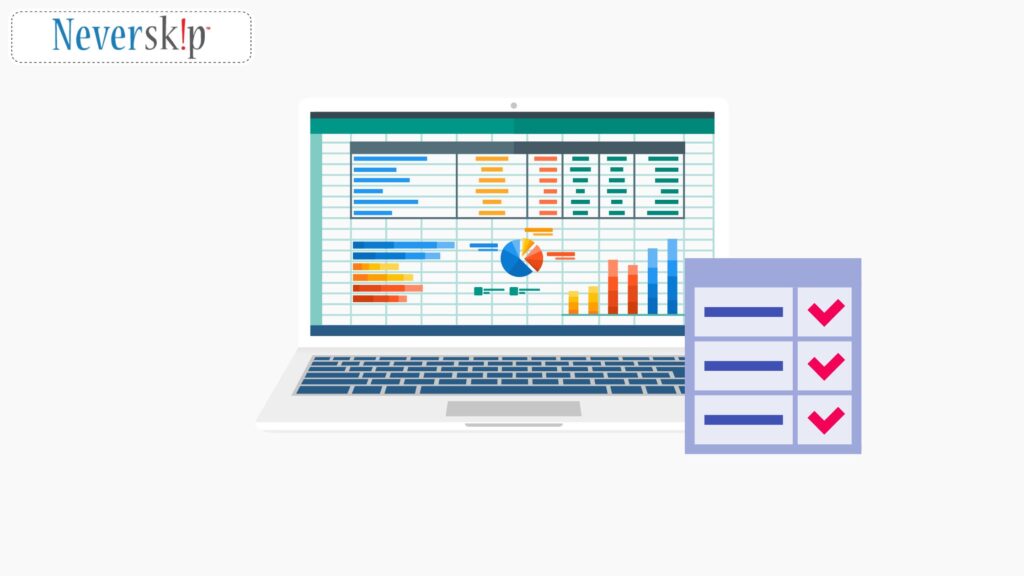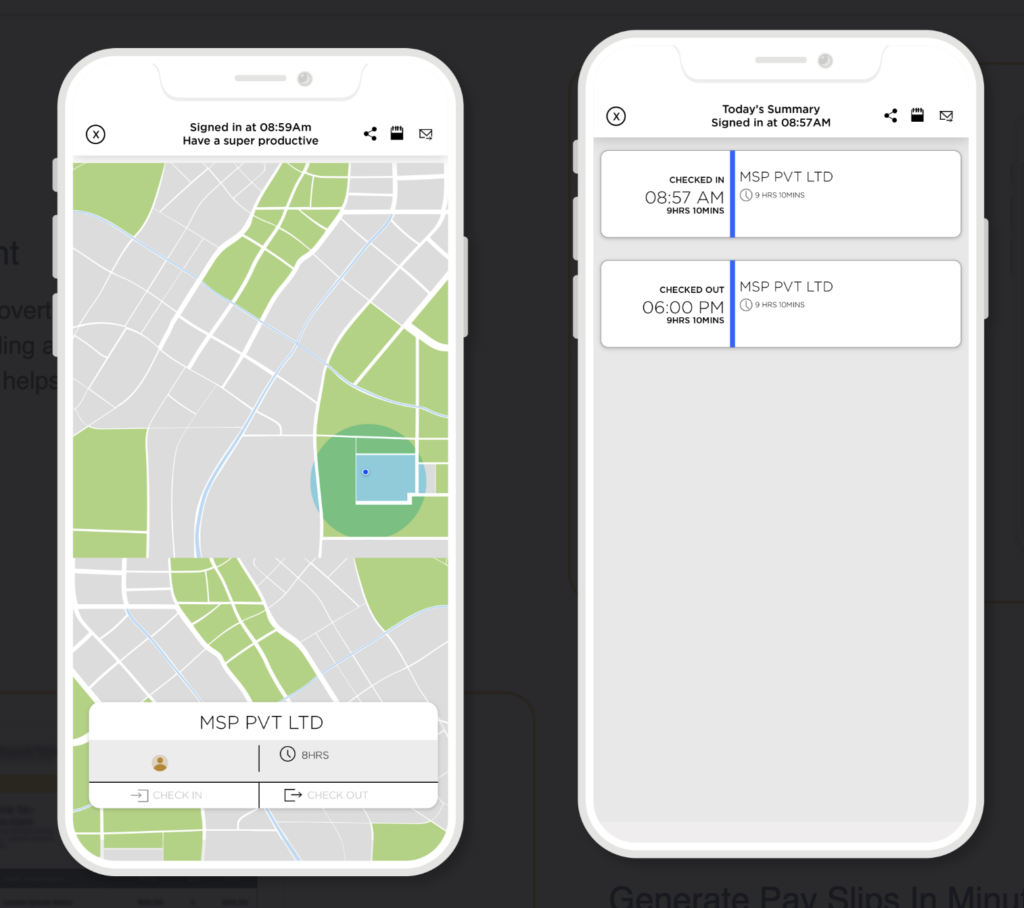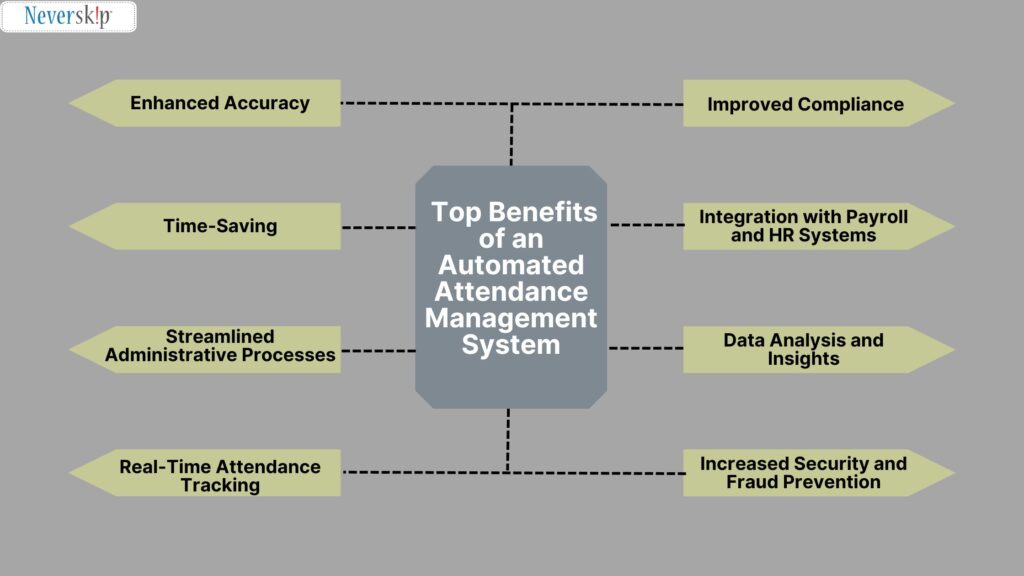Did you know that, India is the sixth most dangerous country for school children as per an international study conducted by the ‘Reuters Foundation’? And Every day, nearly 27,000,000 school children travel on 500,000 buses risking delays, run over accidents, and other security threats!
Well, we don’t mean to freak you out with these stats, but want to make you aware about the real facts. As you know, it is always recommended to expect the best but to be prepared for the worst. And when it’s the matter of your school students’ safety, nothing can be compromised, right?
From bustling morning rush hours to chaotic afternoon pickups, ensuring the safety of students during their commute to and from school is a top priority for parents, educators, and communities alike.
However, traditional methods of monitoring school buses and their routes often fall short, leaving parents and school administrators grappling with uncertainty and anxiety. But fear not, for technology has come to the rescue in the form of school bus live location tracking—a game-changer that promises to revolutionize student safety and bring peace of mind to all those involved.
With the ability to precisely track the real-time location of school buses, this innovative solution has proven its mettle by offering a multitude of benefits that extend beyond mere convenience. And in this blog, we will walk you through all you need to know to ensure robust security for your school students.
The Importance of School Bus Live Location Tracking Systems
First, let’s explore the remarkable advantages of school bus live location tracking and understand why it has become an indispensable tool in safeguarding our most precious assets: our children/school kids.

Neverskip School Bus Live Location Tracking System
1. Enhanced Accountability
One of the primary benefits of school bus live location tracking systems is the enhanced accountability they provide. Parents and school administrators can now monitor the exact whereabouts of buses at any given time.
By knowing the live location of the school bus, parents can feel assured that their child has safely boarded and disembarked from the bus. This real-time visibility not only eases parental concerns but also allows schools to maintain a higher level of accountability for bus drivers and transportation staff.
In case of any delays or issues, administrators can quickly identify the problem and take necessary measures to ensure student safety.
2. Timely Communication
School bus live location tracking systems facilitate timely communication between parents, school staff, and bus drivers. In the event of a delay or an emergency, parents can receive instant alerts or notifications regarding the status of the bus.
This immediate communication enables parents to plan their schedules accordingly, reducing the stress and worry associated with uncertain bus arrivals. Additionally, school administrators can use the system to relay important messages or updates to bus drivers, ensuring a smooth flow of information and minimizing the chances of miscommunication.
With school bus live location tracking, effective and timely communication becomes a crucial tool in ensuring student safety.
3. Route Optimization
Another significant advantage of school bus live location tracking systems is their ability to optimize bus routes. By analyzing real-time data, these systems can identify traffic congestion, road closures, or accidents and suggest alternative routes to bus drivers.
This not only saves time but also ensures that students reach their destinations in the most efficient and safest manner possible. Additionally, school bus route optimization reduces fuel consumption, leading to cost savings for schools and a positive impact on the environment.
By incorporating school bus live location tracking into their transportation operations, schools can streamline their bus routes and enhance the overall efficiency of their transportation systems.
4. Emergency Response
In critical situations such as accidents or natural disasters, school bus live location tracking systems play a vital role in emergency response. By providing real-time updates on the location of buses, emergency responders can quickly identify the affected routes and allocate resources accordingly.
This enables a faster and more efficient response, ensuring that students are promptly evacuated or provided with the necessary assistance. Moreover, parents and guardians can be immediately notified about any emergency situations, allowing them to take appropriate actions and ensuring the well-being of their children.

The Top Features of a School Bus Live Location Tracking System
While it’s paramount for schools to opt for a quality school bus live location tracking system, it’s crucial to be well-aware of the key features that you must look for while choosing one! Here’s a list for your knowledge.

Features of Neverskip School Bus Tracking System
1. Efficient Real-Time Bus Tracking
It’s recommended to opt for a school bus tracking system equipped with a government-approved AIS 140 GPS device. This real-time tracking, including live location updates, provides a sense of security and peace of mind, as parents can monitor the exact whereabouts of the school bus throughout its journey.
Additionally, live updates and status notifications, including the school bus live location, are sent via SMS during pickup and drop-off, ensuring that parents stay informed about their child’s transportation activities.

2. Instant Alerts
A reliable school bus tracking system ensures that parents and school administrators receive instant alerts regarding any changes in bus routes or delays. By staying informed about boarding and deboarding activities, parents can plan their schedules accordingly and be assured of their child’s safe arrival at school or home.
Furthermore, access to historical trip data, including information on the bus’s location, speed, routes, distances, and more, empowers schools to analyze and optimize their transportation operations for improved efficiency and safety.
3. 24×7 Monitoring
Proper monitoring is of utmost importance when it comes to student transportation. A robust school bus tracking system, including school bus live location tracking, integrates CCTV cameras in all buses, which are connected to the connected app and portal.
This allows for 24×7 monitoring of the buses, including tracking their live location, ensuring the safety and well-being of students. In-person implementation and support provided by the system’s providers assist schools in setting up the devices and understanding their fleet better.
With comprehensive monitoring capabilities coupled with live location tracking, schools can proactively address any safety concerns and take immediate action in case of emergencies or incidents.
4. RFID Attendance Tracking
Attendance tracking is an essential aspect of student safety during bus journeys. A school bus tracking system, including school bus live location tracking, leverages Radio-Frequency Identification (RFID) technology, where RFID tags are placed on school buses.
These tags enable automated attendance marking, eliminating the need for manual tracking. With a simple tap, students’ attendance is recorded, and the system automatically sends SMS notifications to parents, providing them with real-time updates about their child’s presence on the bus.
5. Geofencing and Alerts
A school bus tracking system can utilize geofencing technology to create virtual boundaries around specific areas, such as school premises or designated bus stops. With geofencing in place, administrators and parents can receive instant alerts whenever a bus enters or exits these predefined zones.
This feature ensures that students are dropped off and picked up at the right locations and provides an added layer of security by notifying stakeholders of any unauthorized detours or deviations from the planned route.
Ensure Robust Protection for Your Students With Neverskip Transport Management System
When it comes to the safety and security of students during their school bus journeys, Neverskip Transport Management System stands out as a comprehensive solution that offers robust protection.
This system not only includes the most sought-after features but goes beyond the basics of school bus tracking and provides a range of functionalities designed to enhance student safety and streamline transportation operations.
Additionally, with Neverskip Transport Management System, schools can benefit from increased driver efficiency. The system incorporates features such as route optimization and live traffic updates, enabling drivers to navigate the most efficient routes and avoid delays.
This not only saves time but also ensures that students arrive at their destinations promptly and without unnecessary inconvenience.
Greater driver accountability is another crucial aspect of Neverskip’s system. By integrating real-time bus tracking and monitoring capabilities, schools can ensure that drivers adhere to prescribed routes, speed limits, and safety protocols.
To know more, book a free demo today!


























































